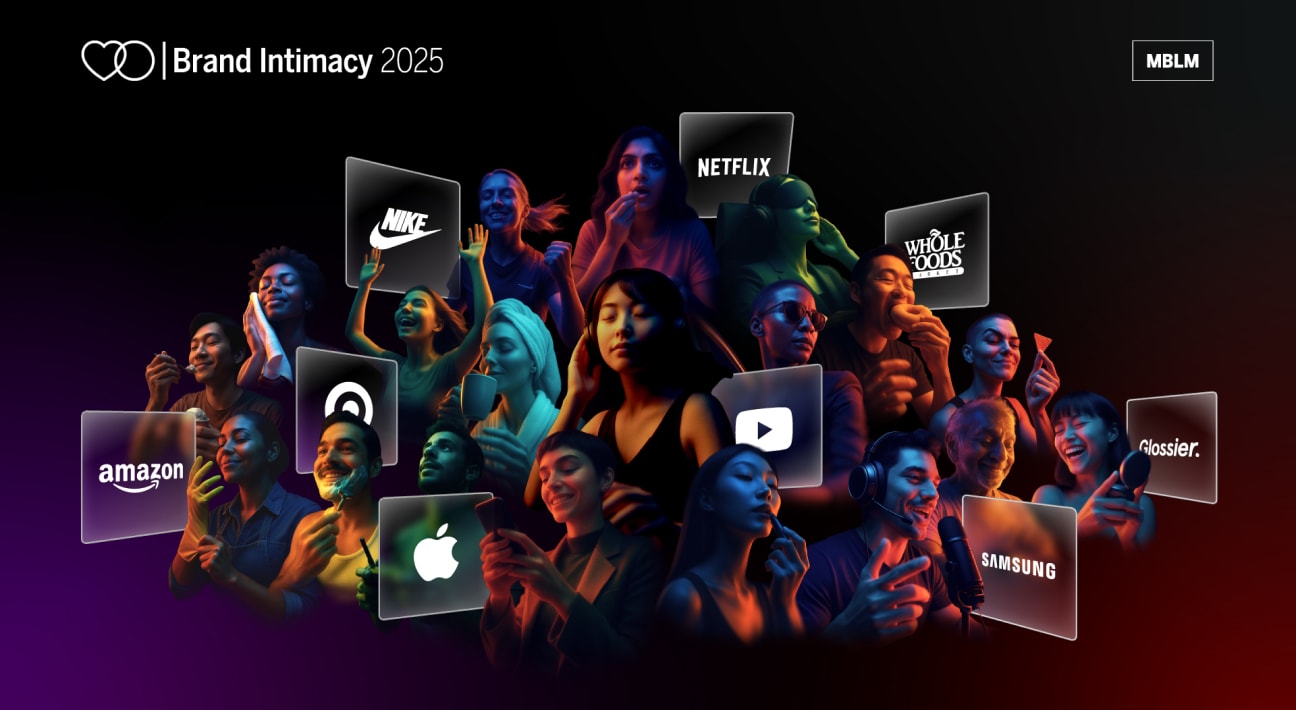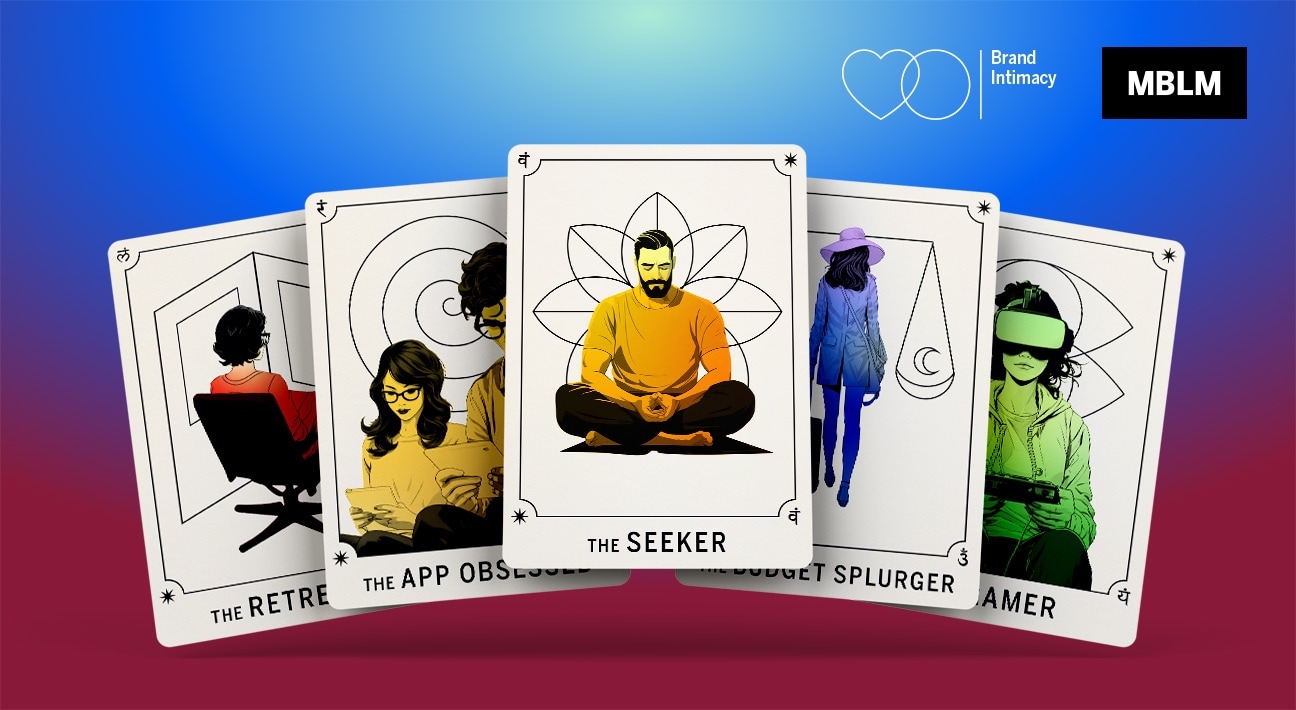Financial Services Industry Ranked 11th Out of 15 Industries Studied in MBLM’s Brand Intimacy 2020 Study

The financial services industry maintained its 2019 spot, ranking 11th out of 15 industries studied in MBLM’s Brand Intimacy 2020 Study, which is the largest study of brands based on emotions. MBLM (pronounced Emblem), the agency using emotional science to build more intimate brands during these unprecedented times, is also analyzing COVID-19’s impact on the industry, how brands are responding to the crisis and the ways they are communicating with their customers. Brand Intimacy is defined as the emotional science that measures the bonds we form with the brands we use and love, and has become increasingly important as brands adjust the way they connect with consumers in today’s challenging landscape.
MBLM’s study, now in its 10th year, revealed that PayPal ranked #1 in the financial services industry followed by American Express and Capital One. The remaining brands in the top 10 for the industry were: Visa, Chase, Bank of America, Mastercard, Citibank, Wells Fargo and US Bank. Additionally, top intimate brands in the U.S. continued to significantly outperform the top brands in the Fortune 500 and S&P indices in both revenue and profit over the past 10 years, according to the study.
The COVID-19 pandemic is having a significant impact on the financial services industry. Banks have become a gateway for government help, increasing the significance of their roles. They have been the frontline for small businesses seeking to participate in the Payment Protection Program as well as consumers receiving government stimulus payments through direct deposit or debit cards. The pandemic has also increased the role technology has played, forcing banks to optimize their systems with fewer consumers going to branches.
Several banks and credit cards are adjusting their perks to adapt to the changing purchasing profiles of consumers during COVID-19. For example, some American Express cardholders can receive cash back for wireless phone service or streaming services, while some Chase cardholders are able to collect statement credit points to go towards grocery, restaurant and home improvement transactions.1 Certain brands are also giving back during these difficult times. In March, JPMorgan Chase donated $50 million to help mitigate the impact of the coronavirus pandemic.2 Recently, Bank of America announced that over the next four years, it will donate $1 billion to support communities that are facing economic issues and racial injustice due to the pandemic.3
“Traditionally, the financial services industry has struggled to cultivate deep emotional connections with consumers,” stated Mario Natarelli, managing partner, MBLM. “The pandemic has affected the finances of millions across the country and how brands in the industry react, communicate and adjust their services will impact how they are seen in the future. Those able to innovate their platforms and provide transparency and support will likely build stronger bonds with consumers in the future.”
Additional significant financial services industry findings in the U.S. include:
- The industry had a Brand Intimacy Quotient of 24.3
- PayPal, the #1 brand in the industry, had broad appeal. Both millennials and users over 35 years old ranked PayPal as their favorite intimate financial services brand
- Similarly, PayPal led among consumers with incomes over and under $100,000
- PayPal was also the top brand in the category among men, whereas Bank of America led among women
- Enhancement, which is related to becoming better through use of the brand, was the archetype most associated with the category, and PayPal was also the top financial services brand for enhancement
MBLM also further studied the industry in a piece entitled, “Financial Services Brands & COVID-19. Examining how banks are communicating and connecting during the pandemic.” The article provides an overview of the financial services findings of the study and how the industry’s strong link to enhancement may help explain why people reached out for help and advice during the pandemic. The piece reviews what brands in the industry are doing to help consumers navigate these times. MBLM also augmented its research with social listening research, which revealed that financial services have assumed a larger and more significant role during the pandemic, influencing the way these brands communicate and the way people relate to them. Moving forward, the industry will have certain challenges, with many consumers facing financial issues. MBLM believes that banks that remain less compassionate and more focused on transactions will likely have an erosion of trust, while those that are helpful will create stronger bonds and deeper connections with consumers.
The Brand Intimacy 2020 Report contains the most comprehensive rankings of brands based on emotion, analyzing the responses of 6,200 consumers and 56,000 brand evaluations across 15 industries in the U.S., Mexico and UAE. MBLM’s reports and rankings tool showcase the performance of almost 400 brands, revealing the characteristics and intensity of the consumer bonds.
To view the financial services industry findings, please click here. To download the full Brand Intimacy 2020 Study or explore the Rankings click here.
Methodology
During 2019, MBLM with Praxis Research Partners conducted an online quantitative survey among 6,200 consumers in the U.S. (3,000), Mexico (2,000), and the United Arab Emirates (1,200). Participants were respondents who were screened for age (18 to 64 years of age) and annual household income ($35,000 or more) in the U.S. and socioeconomic levels in Mexico and the UAE (A, B and C socioeconomic levels). Quotas were established to ensure that the sample mirrored census data for age, gender, income/socioeconomic level, and region. The survey was designed primarily to understand the extent to which consumers have relationships with brands and the strength of those relationships from fairly detached to highly intimate. It is important to note that this research provides more than a mere ranking of brand performance and was specifically designed to provide prescriptive guidance to marketers. We modeled data from over 6,200 interviews and approximately 56,000 brand evaluations to quantify the mechanisms that drive intimacy. Through factor analysis, structural equation modeling, and other sophisticated analytic techniques, the research allows marketers to better understand which levers need to be pulled to build intimacy between their brand and consumers. Thus, marketers will understand not only where their brand falls in the hierarchy of performance but also how to strengthen performance in the future.
To read a more detailed description of MBLM’s approach, visit its Methodology page.
1. Credit Cards Dish Out More Perks, Bonus Points, And Cash Back During Covid-19
2. JPMorgan Chase Makes $50 Million Philanthropic Investment to Help Address Immediate and Long-Term Impacts of COVID-19
3. Bank of America pledges $1 billion to assist economic and racial inequality intensified by pandemic

